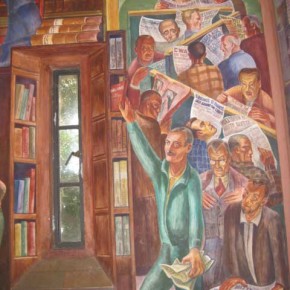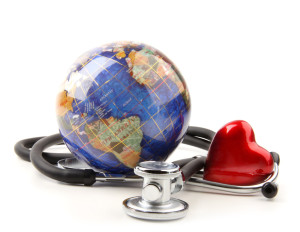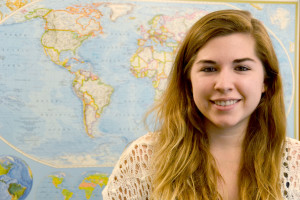GAO Study Highlights Need for Funding Geography Education
K-12 Geography Proficiency Levels Have Not Improved Since 1994
The U.S. Government Accountability Office (GAO) released an important report last week that underscores the need for funding K-12 geography education in the United States. The Association of American Geographers (AAG) provided substantial input to GAO during their process of developing this report.
“The GAO report is another clarion call for the need to support geography education in the U.S.,” said AAG Executive Director Douglas Richardson. “Geography is integral to nearly all aspects of life today, ranging from our economy to our foreign policy.”
AAG President Sarah Bednarz added, “This important and timely study reinforces our efforts to promote the importance of K-12 geography education in preparing American students for rapidly-growing job fields.”
The report includes a U.S. Department of Labor projection that the employment of specialists in geography, or geographers, is expected to grow 29 percent from 2012 to 2022—much faster than the average 11 percent growth for all occupations.
According to a statement from GAO, “The growing use of geographic information and location-based technology across multiple sectors of the American economy has prompted questions about whether K-12 students’ skills and exposure to geography are adequate for current and future workforce needs.” GAO conducted this study pursuant to a provision outlined in Senate Report 113-71, which calls for “GAO to report on the status of geography education and challenges elementary and secondary schools face in providing geography education with limited resources.”
The report’s cover letter to U.S. Senators Roy Blunt and Patty Murray emphasized that, “Geographic information and geospatial, or location-based, technologies are growing sectors of the American economy, influencing almost every facet of modern life, from tracking lost cell phones to monitoring disease outbreaks like Ebola. The emergence of these technologies has increased demand for workers who can analyze and interpret geographic information. Research suggests that K-12 education is critically important for learning the fundamentals of geography, which is the study of places and the relationship between people and their environment.”
The study’s findings validate the importance of the AAG Resolution Supporting K-12 Geography Education, which demonstrates the need for funding for K-12 geography as part of the reauthorization of the Elementary and Secondary Education Act. The resolution has been endorsed by four former U.S. Secretaries of State; four former Defense Secretaries; 24 bipartisan incumbent Governors; and over 25 Fortune 500 companies. It can be accessed at: https://www.aag.org/resolution.
A copy of the GAO report can be retrieved from https://www.gao.gov/products/GAO-16-7. Questions about the report should be directed to Jacqueline M. Nowicki at (617) 788-0580 or nowickij [at] gao [dot] gov.
For more information, visit the AAG website at www.aag.org, or contact John Wertman, the AAG’s Senior Program Manager for Government Relations, at jwertman [at] aag [dot] org.



